Weather holds a powerful sway over our lives, shaping our daily routines and influencing our moods. It’s no wonder that people worldwide have created festivals and holidays to celebrate the elements. These weather-related holidays provide an opportunity to connect with nature and embrace seasonal changes. In this article, we’ll take you on a journey around the world to explore some of the most intriguing and vibrant weather festivals and holidays. Here’s a summary of what awaits you in this post:
| Name | Location | Dates |
|---|---|---|
| Holi | India | Late February - late March |
| Groundhog Day | USA, Canada | February 2 |
| Bon Om Touk | Cambodia | Late October - early November |
| Winterlude | Canada | First 3 weekends of February |
| St. Swithin’s Day | United Kingdom | July 15 |
| Ice and Snow Festival | China | December to February |
| Boun Bang Fai | Thailand, Laos | 2nd weekend of May |
| Weatherperson’s Day | USA | February 5 |
Holi: The Festival of Colors (India)
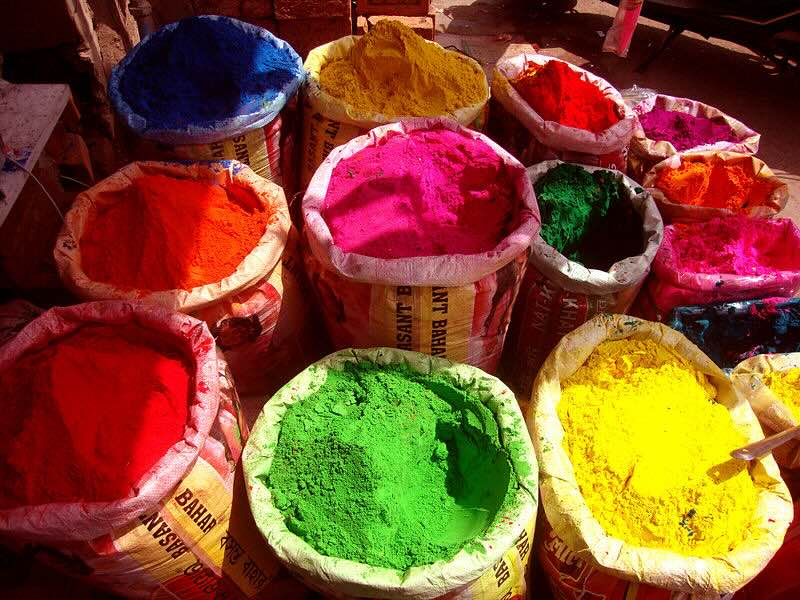 Source: Kamalakanta777, CC BY-SA 3.0, via Wikimedia Commons
Source: Kamalakanta777, CC BY-SA 3.0, via Wikimedia Commons
Holi, known as the Festival of Colors, is one of the most famous and joyful celebrations in India. Celebrated between late February and late March, this vibrant festival marks the end of winter and the arrival of spring. People throw colored powders and water at each other, symbolizing the triumph of good over evil and the welcoming of brighter days. Holi showcases the vitality of spring, as people sing, dance, and share sweets.
Groundhog Day (USA and Canada)
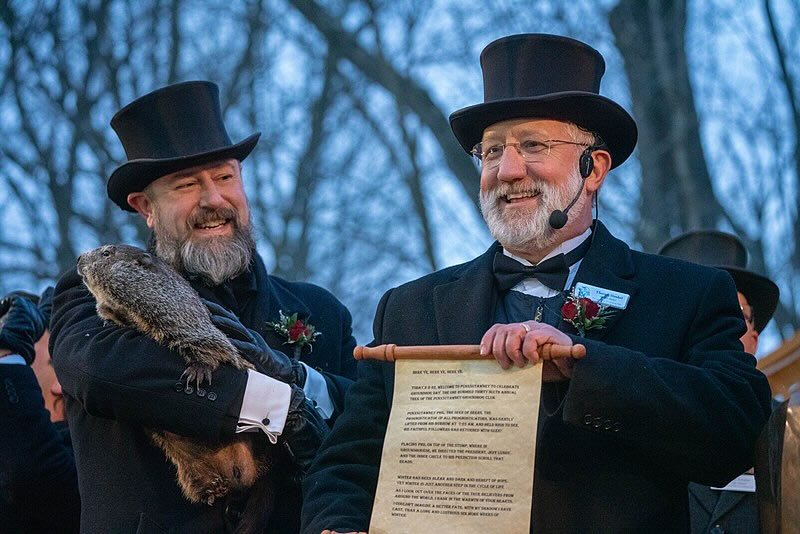 Image source: Anthony Quintano, United States, CC BY 2.0, via Wikimedia Commons
Image source: Anthony Quintano, United States, CC BY 2.0, via Wikimedia Commons
On February 2 each year, all eyes are on Punxsutawney Phil in Pennsylvania, USA. According to weather folklore, if the groundhog sees its shadow, it will be frightened and retreat into its burrow, predicting six more weeks of winter. If not, spring will arrive early. Groundhog Day is a fun, lighthearted way for North Americans to anticipate the arrival of warmer weather.
Bon Om Touk: The Water Festival (Cambodia)
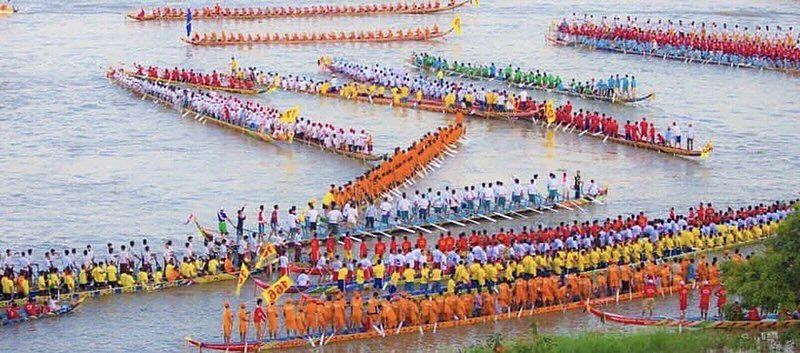 Image credit: Maharaja45, CC BY-SA 4.0, via Wikimedia Commons
Image credit: Maharaja45, CC BY-SA 4.0, via Wikimedia Commons
Bon Om Touk, also known as the Water Festival, is an annual event in Cambodia, which takes place between late October and early November. During this three-day festival, people celebrate the reversal of the flow of the Tonle Sap River by engaging in boat races, processions, and water-related activities. It’s a time for communities to come together, pay respects to the river, and appreciate the vital role water plays in their lives.
Winterlude: Celebrating Winter (Canada)
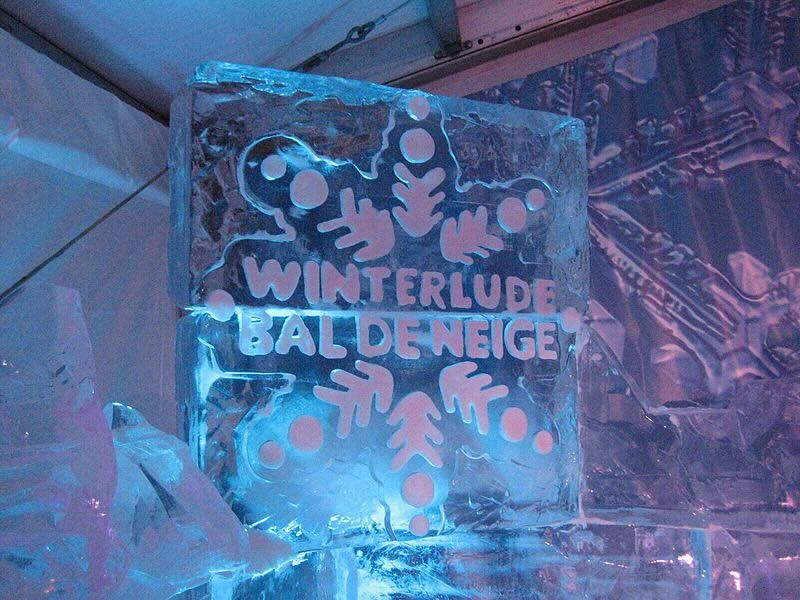 Photo credit: Andrew Plumb, Ontario, Canada, CC BY-SA 2.0, via Wikimedia Commons
Photo credit: Andrew Plumb, Ontario, Canada, CC BY-SA 2.0, via Wikimedia Commons
Winterlude is a Canadian festival that embraces the beauty of winter weather during the first three weekends of February. Taking place in Ottawa, the nation’s capital, and Gatineau, Quebec, this festival is a lively tribute to all things cold and snowy. Visitors can enjoy ice sculptures, snow slides, ice skating, and even a snowflake kingdom, all highlighting the wonder and charm of winter.
St. Swithin’s Day (United Kingdom)
 Image source: Mary Evans Picture Library
Image source: Mary Evans Picture Library
St. Swithin’s Day, celebrated on July 15, is a British weather-related superstition that predicts the weather for the next 40 days. Legend has it that if it rains on St. Swithin’s Day, it will continue to rain for the following 40 days. At the same time, if it’s sunny, then the sunny weather will persist. This tradition highlights the British fascination with weather and the hope for a long, warm summer.
Harbin Ice and Snow Festival (China)
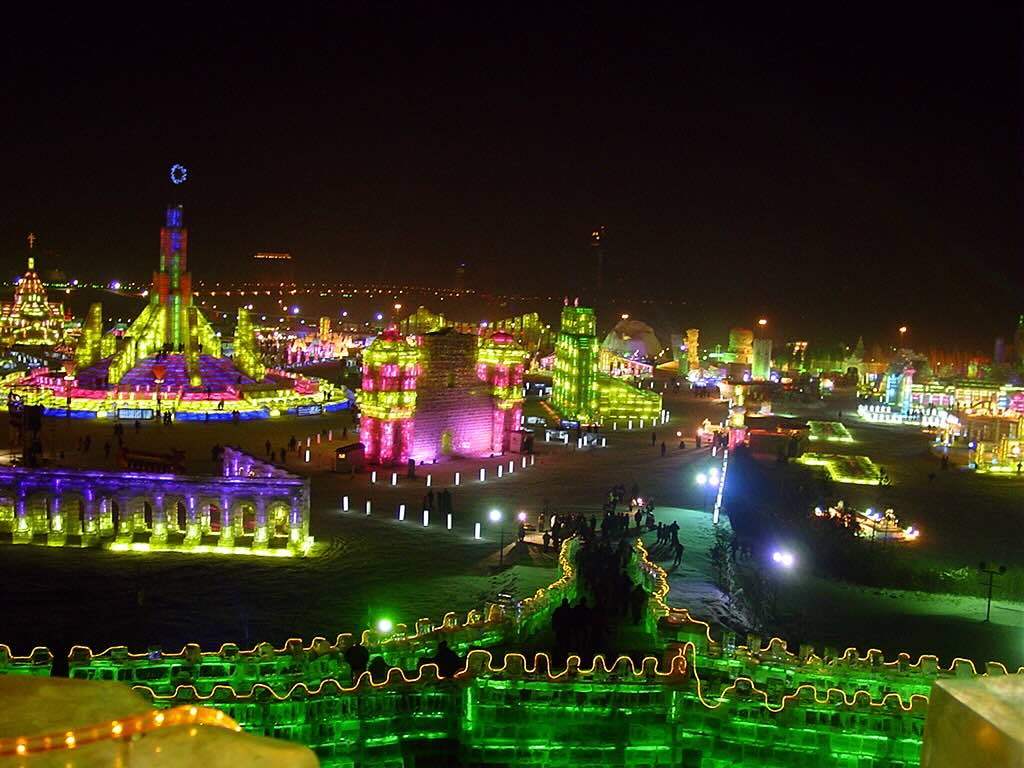 Source: LiYan at zh.wikipedia, CC BY-SA 3.0, via Wikimedia Commons
Source: LiYan at zh.wikipedia, CC BY-SA 3.0, via Wikimedia Commons
This annual winter event features stunning ice and snow sculptures, illuminated lantern displays, dazzling fireworks, and a wide array of activities. The festival takes place in Harbin, China, spanning from December to February, when temperatures can plummet to as low as -22°F (-30°C).
Boun Bang Fai Festival (Thailand and Laos)
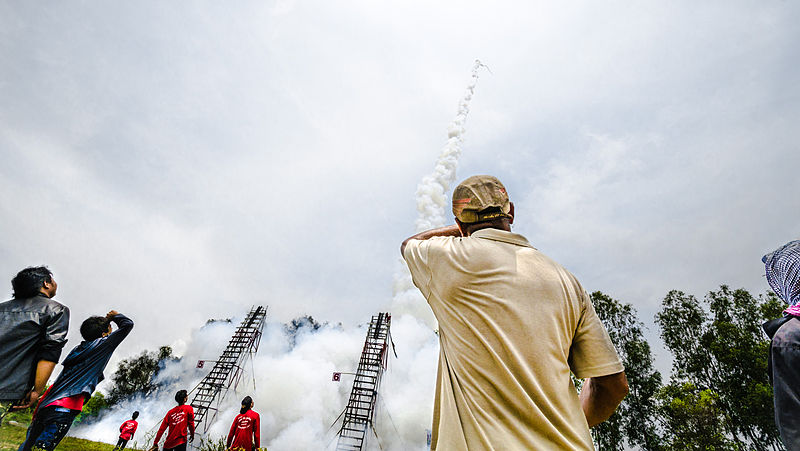 Photo credit: Takeaway, CC BY-SA 3.0, via Wikimedia Commons
Photo credit: Takeaway, CC BY-SA 3.0, via Wikimedia Commons
Boun Bang Fai, also known as the Rocket Festival, is celebrated in various parts of Thailand and Laos on the second weekend of May. This festival is a lively spectacle of homemade rockets being launched into the sky to encourage rainfall for the upcoming planting season. The event features music, dance, and contests, making it a unique blend of weather traditions and entertainment.
National Weatherperson’s Day (USA)
 Image source: Wikipedia
Image source: Wikipedia
On February 5, the United States celebrates National Weatherperson’s Day, which honors the birthday of John Jeffries in 1744. He was a physician in Boston and one of the first people in America to record the weather and make weather predictions every day since 1774. John Jeffries also made history by flying a balloon over London in 1784 and measuring the temperature, pressure, and humidity at 9,000 ft (2.7 km) high. This is a day to appreciate meteorologists who work hard to give Americans the most accurate and reliable weather forecasts.
Conclusion
Holidays and weather festivals around the world offer a fascinating glimpse into the diverse ways people interact with and celebrate nature. Whether it’s embracing the arrival of spring or honoring the vital role of water, these seasonal celebrations help communities unite and reconnect with nature. These events remind us that while weather can be unpredictable and challenging, it’s an integral part of the human experience, worthy of celebration and reverence.






